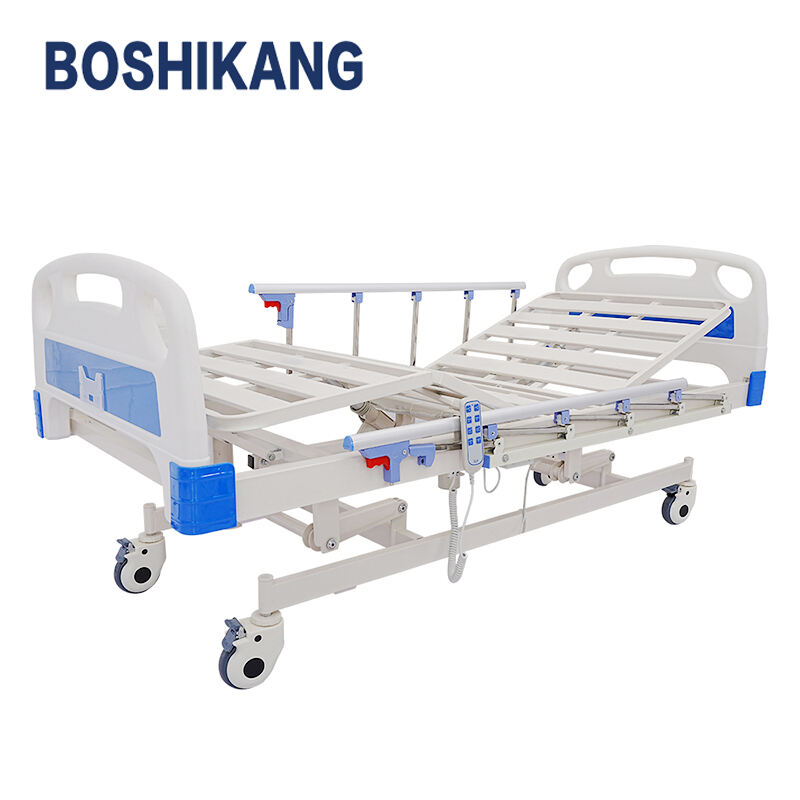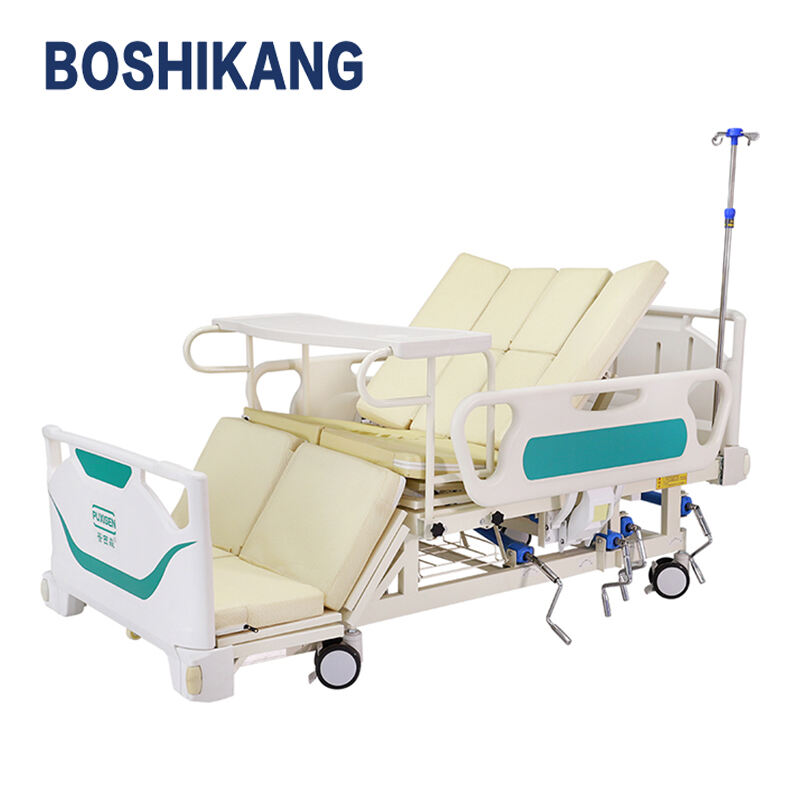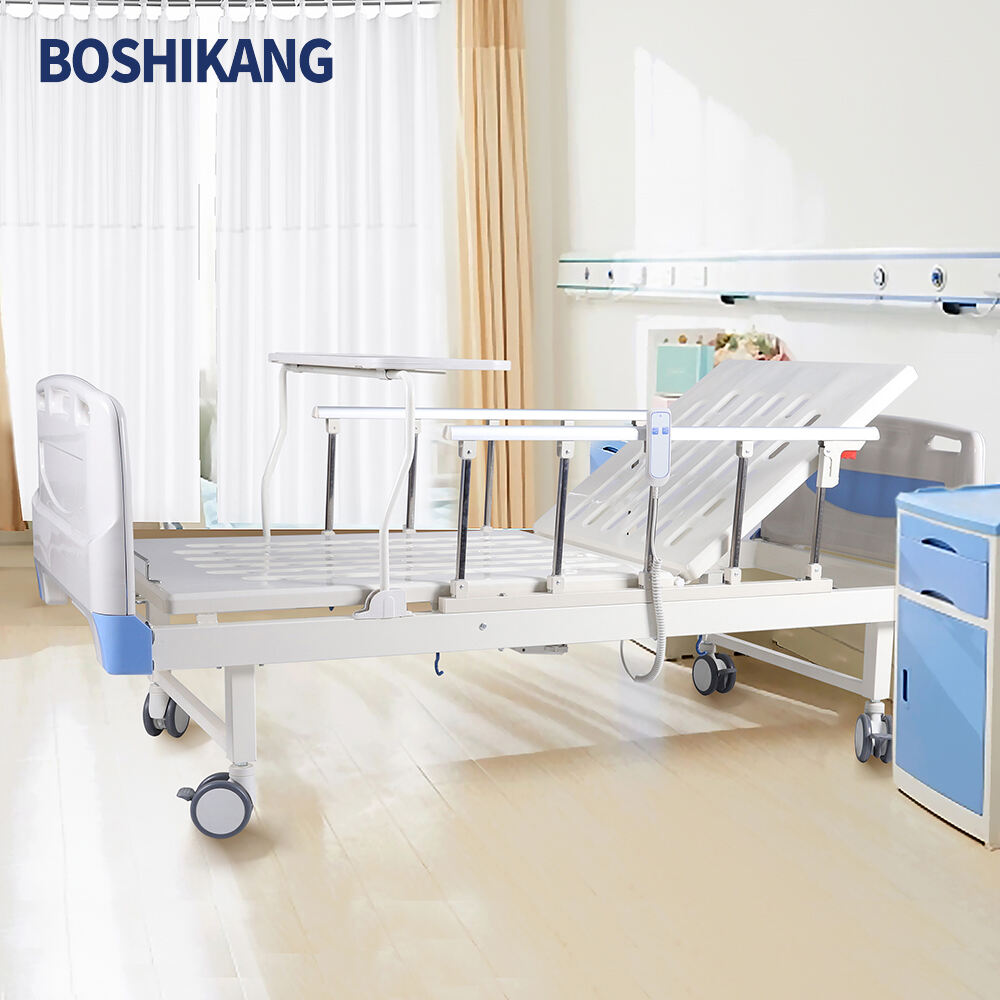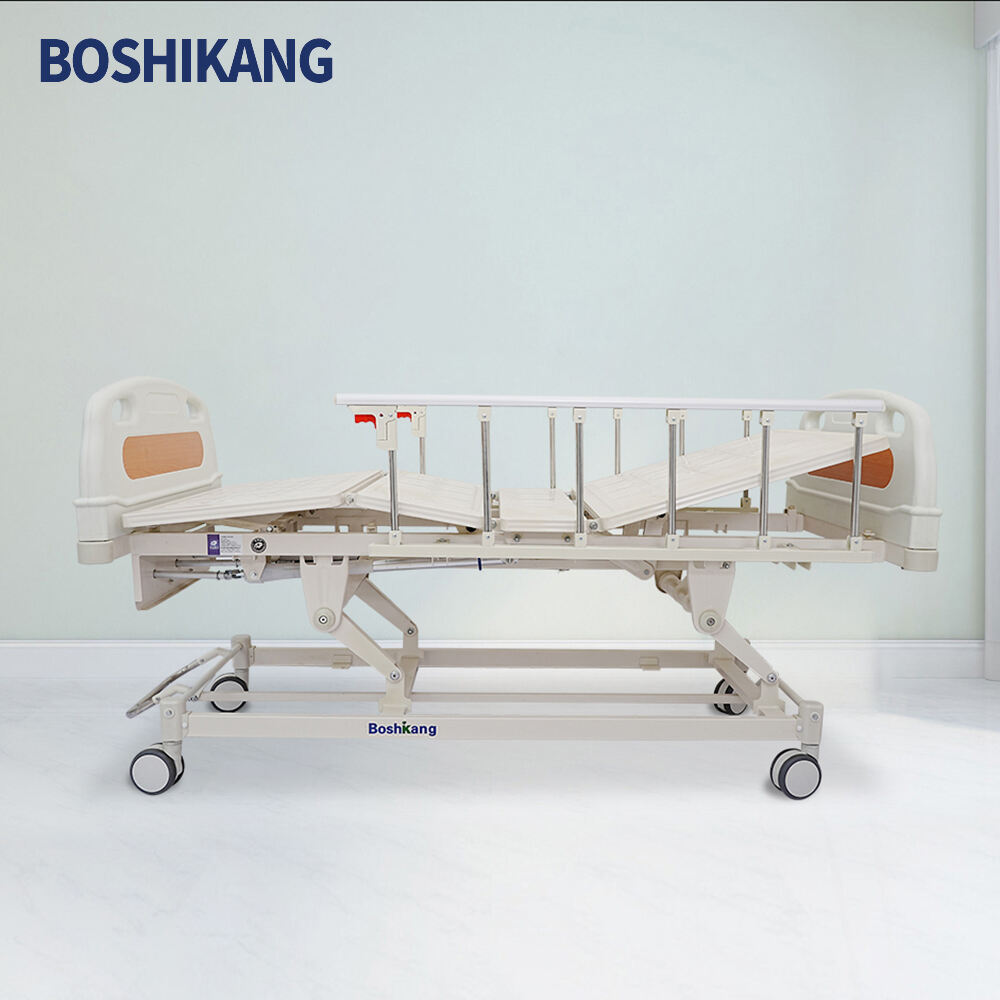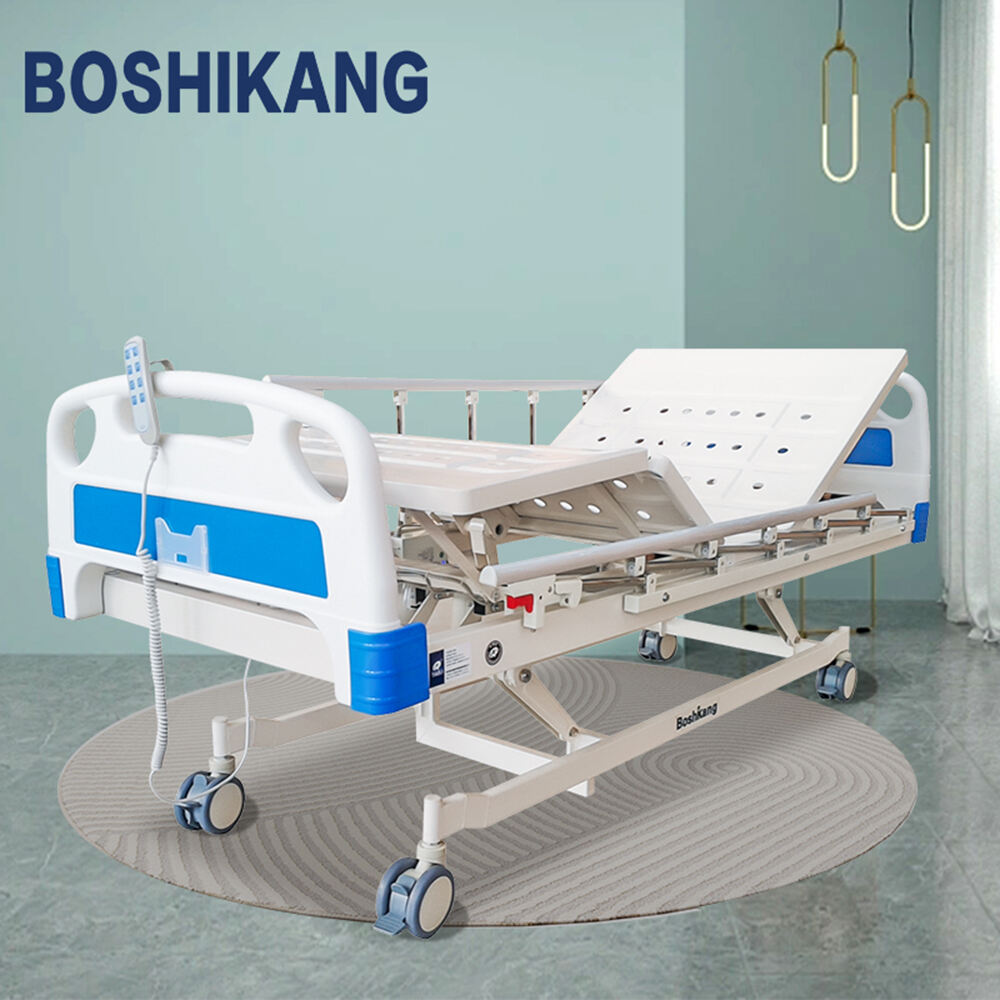hospital cot bed price
Hospital cot bed pricing encompasses a wide range of factors that reflect the quality, functionality, and advanced features of these essential medical facilities. Modern hospital cot beds are engineered with precision to provide optimal patient comfort while facilitating efficient healthcare delivery. These beds typically feature electric controls for height adjustment, backrest positioning, and Trendelenburg movements, allowing healthcare providers to easily adjust patient positions for various medical procedures. The price points vary significantly based on the inclusion of advanced features such as built-in weight scales, side rail safety mechanisms, and integrated patient monitoring systems. Premium models often incorporate antimicrobial surfaces, emergency CPR release functions, and battery backup systems, which contribute to higher price ranges. Entry-level models start from $3,000, while advanced models with comprehensive features can range up to $15,000 or more. The pricing also reflects the durability and longevity of these beds, which are designed to withstand continuous use in demanding healthcare environments while maintaining strict hygiene standards. Manufacturers often factor in compliance with international medical device regulations and safety standards, which influences the final cost structure.

